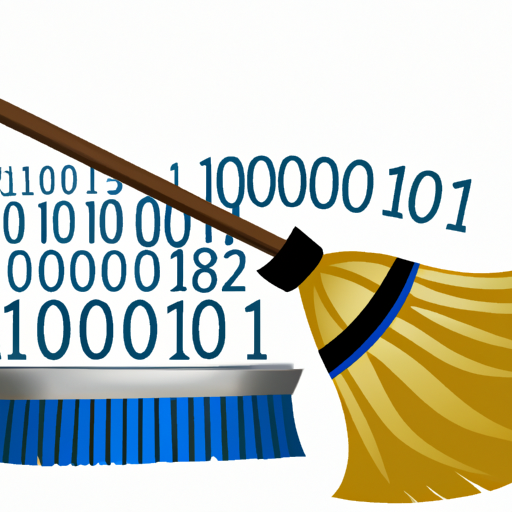Introduction
Data scrubbing, also known as data cleansing, is a crucial process in data warehousing. It involves identifying and rectifying any errors, inconsistencies, or inaccuracies in the data to ensure its quality and reliability. In this comprehensive guide, we will explore what data scrubbing is, its importance in a data warehouse, and the steps involved in the process.
What is Data Scrubbing in Data Warehouse?
Data scrubbing refers to the process of identifying and correcting or removing errors, inconsistencies, and inaccuracies in data stored within a data warehouse. It is a vital step in ensuring the accuracy and reliability of the data, as well as improving its overall quality.
Importance of Data Scrubbing
Data scrubbing plays a crucial role in maintaining the integrity and usefulness of data within a data warehouse. Here are some key reasons why data scrubbing is important:
1. Improved Decision Making: Clean and accurate data is essential for making informed business decisions. By scrubbing the data, organizations can ensure that the information they rely on is reliable, consistent, and free from errors.
2. Enhanced Data Quality: Data scrubbing helps improve the overall quality of data by identifying and rectifying errors, inconsistencies, and duplications. This ensures that the data is reliable and can be trusted for various analytical and reporting purposes.
3. Compliance and Regulatory Requirements: Many industries have strict compliance and regulatory requirements regarding data accuracy and privacy. Data scrubbing helps organizations meet these requirements by ensuring that the data stored in the warehouse is accurate, up-to-date, and compliant with relevant regulations.
4. Cost Reduction: Data scrubbing helps reduce costs associated with data errors. By identifying and correcting errors early on, organizations can prevent costly mistakes and avoid potential financial losses.
Steps Involved in Data Scrubbing
The process of data scrubbing typically involves the following steps:
1. Data Profiling: This step involves analyzing the data to identify potential errors, inconsistencies, and inaccuracies. Data profiling tools can help automate this process by examining the data for patterns, outliers, and missing values.
2. Data Cleansing: Once the data has been profiled, the next step is to clean the data by correcting or removing errors. This may involve standardizing formats, removing duplicates, filling in missing values, and validating data against predefined rules.
3. Data Integration: In this step, the cleansed data is integrated with the existing data in the data warehouse. This ensures that the scrubbed data is available for analysis and reporting purposes.
4. Ongoing Monitoring: Data scrubbing is not a one-time process. It requires ongoing monitoring to ensure that the data remains accurate and up-to-date. Regular audits and checks should be conducted to identify any new errors or inconsistencies that may arise.
Conclusion
Data scrubbing is a critical process in data warehousing that ensures the accuracy, reliability, and overall quality of data. By identifying and rectifying errors, inconsistencies, and inaccuracies, organizations can make better-informed decisions, comply with regulatory requirements, and reduce costs associated with data errors. Implementing a robust data scrubbing process is essential for maintaining a high standard of data integrity within a data warehouse.




